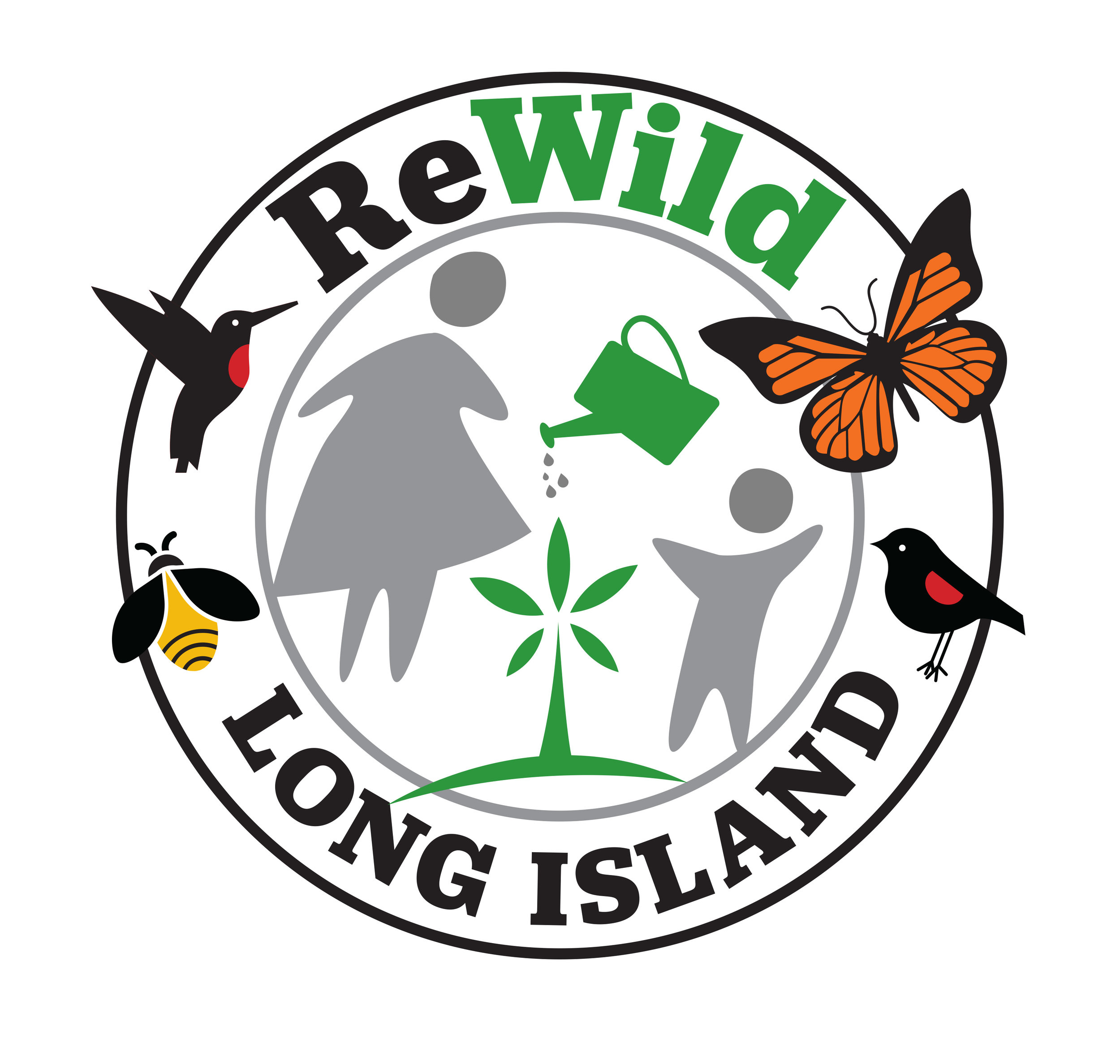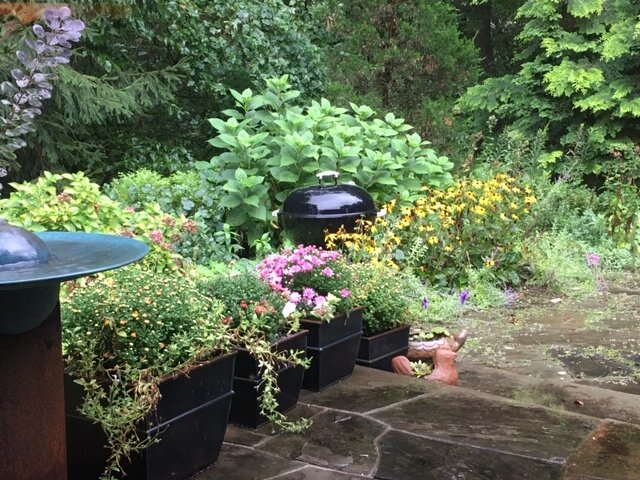Memories of Long Island: Randal Wolfer
by Randal Wolfer, Master Gardener, Cornell Cooperative Extension
Living on Long Island evokes images of rolling manicured lawns and neatly trimmed shrubs and ornamentals. But this picture comes with a price, and it’s showing with the loss of wildlife habitat and pollinators, most notably bees. Long Islanders can change this one yard at a time by reducing or eliminating their lawn and replacing with native plants that encourage not only pollinators like bees, but butterflies and birds.
I’ve been a Long Islander my entire life and can attest to the steady decline of our local insect and bird populations due to loss of habitat to lawns and formal gardens made up primarily of ornamental plants. While lovely to view, lawns provide no benefit to our native population of insects and animals, and use large quantities of water to keep them looking green. You won’t see insects butterflies or bees hanging around your lawn or ornamentals as they offer no nutritional value to them.
But if you start to add native plants to your garden, reduce your lawn size with native plantings, shrubs and trees, you’ll begin to notice more bees, butterflies and birds. I’ve transformed my front lawn to a rewilded space filled with wild geranium, day lilies and many native shrubs. I can attest to not only how beautiful it looks, but how many birds enjoy the berries and insects they attract, the increase in butterflies and all kinds of happy pollinating bees.






